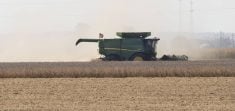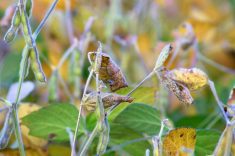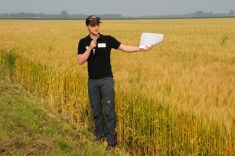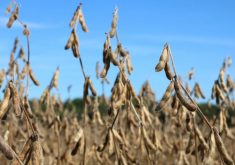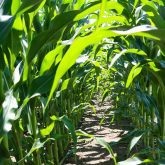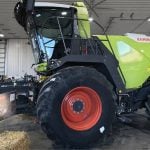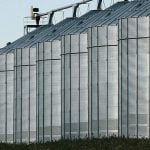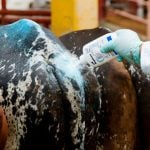Glacier FarmMedia – There’s an emerging consensus in Manitoba that soybean acres could soon stabilize at around 1.5 to 1.9 million.
Much of that projection depends on weather and markets, but pulse industry representatives believe that nitrogen-fixing crops could become 25 per cent of total acres in Manitoba.
“We think there should be a legume once every four years (in the rotation),” said Daryl Domitruk, executive director of the Manitoba Pulse and Soybean Growers, at the association’s annual meeting Feb. 14.
Read Also
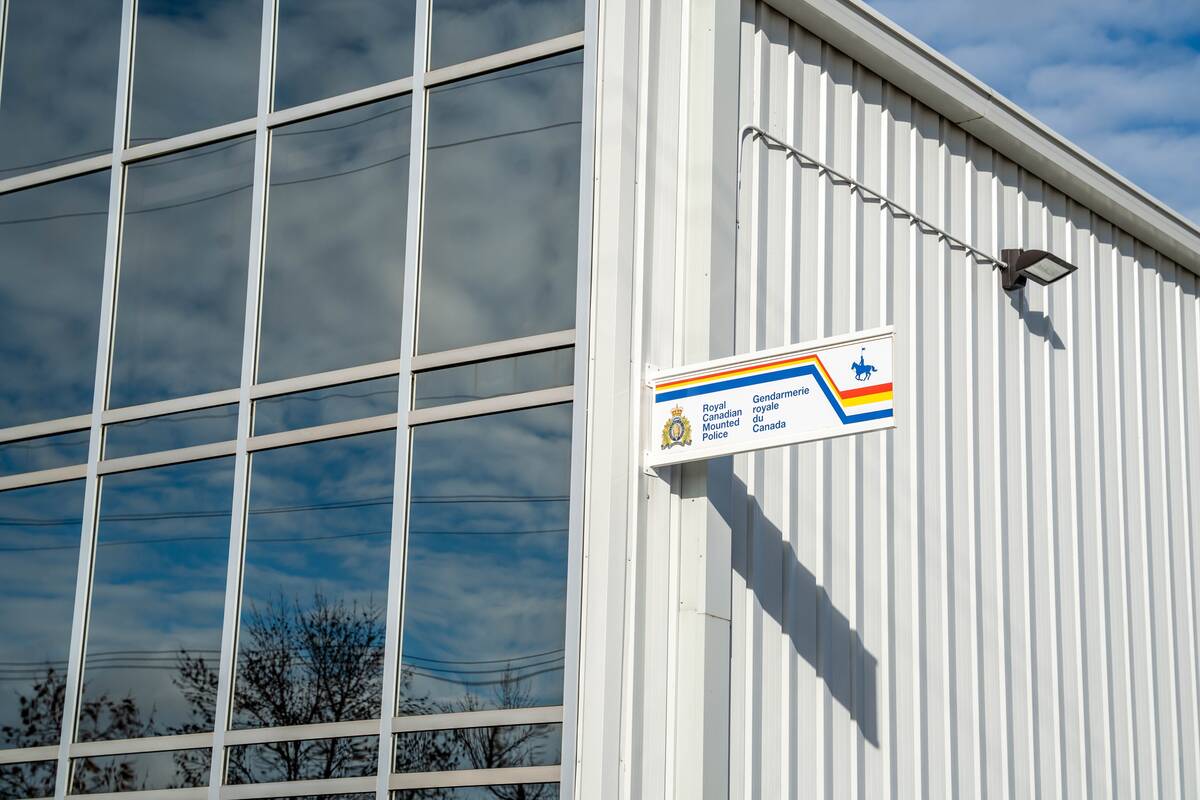
Niverville welcomes new RCMP detachment
A new police detachment in Niverville will have four police officers on staff, expanding local police service in the rural Manitoba area
Why it matters: Planted soybean acres rose to almost 1.6 million in Manitoba in 2023, but that doesn’t match the peak 2.29 million acres in 2017.
“In Manitoba, if we have 10 million acres of annual cropland, that’s 2.5 million acres …. We think that it can be anywhere from 1.75 million acres of soybeans and the remainder made up by dry beans and peas,” Domitruk suggested.
Manitoba is the largest dry bean producer in Canada; mostly pinto, navy and black beans. They are far from the province’s most popular crops, accounting for only 142,300 seeded acres in 2023, according to Statistics Canada.
Peas were planted on 161,300 acres last year.
Volatility
Soybeans were a rising superstar crop in Manitoba for the first 15 years of the millennium. In 2001, there were less than 50,000 acres grown province wide. By 2010, acres had cracked the half million mark. Soybeans grew year over year until, in 2017, they peaked at 2.29 million, making them the third most popular crop behind canola and wheat.
Over the last seven years, acres have been highly volatile. Dry growing seasons, novice growers planting varieties that were ill-suited for their farm and disappointing yields all served to push acres down.
They dropped back to 1.5 million by 2020, growing again to 1.3 million in 2021 and then dropping to the lowest in nearly a decade in 2022 before recovering again last year.
However, soy proponents say the roller coaster may soon calm down.
“If we get out of these dry (growing) seasons we’ve been having, our acres will go up,” said association chair Melvin Rattai, who farms near Beausejour.
Dennis Lange, a soy and pulse specialist with Manitoba Agriculture, also predicts that soybean acres will stabilize in coming years. He expects things to settle out at 1.5 to 1.7 million, with an acreage bump in years with strong prices.
Following the annual meeting in Winnipeg, Rattai said there’s a dedicated group of soy growers who represent about one million acres. The remaining production depends on conditions in the growing season and market that are largely out of farmer control.
What they can control is investment in research, such as development of varieties with improved drought tolerance.
“We’re starting to see that already … The breeders are making some progress,” Rattai said. “(The newest varieties) can produce more beans with less water.… They are starting to show up.”
Production
Soybean yields in Manitoba were all over the map from 2017-22. The average yield was around 27 bushels an acre in 2019, and hit a record of 45 bu. in 2022.
That sort of variability creates too much risk, so growers will choose canola or wheat instead of soy, meeting attendees heard.
“We’ve invested a lot in drought-tolerant genetics … to stabilize the yield of soybeans,” Domitruk said. “With science and diligent research, we can get to a stable yield … I think a warming climate is going to help us. Soybeans, they thrive in that (heat).”
More research is needed to reduce yield volatility, but another opportunity could lift the province’s soy industry. A number of growers are experimenting with identity preserved (IP), or food grade, soybeans, which are used to make tofu and other products.
“I just finished a trade mission to Japan … That is the high-end market that we need to access,” Rattai said. “They’re using our beans already. They just want more of the IP beans.”
IP soybeans are not genetically modified and don’t come with herbicide tolerance, making them more challenging to grow. Last year, Rattai had success with his first attempt with IP soybeans. In comparison to Roundup Ready beans, yields were only five per cent lower.
“We had a 55-bushel crop… With the new varieties coming out, they’re going to compete very well with the GMO (beans).”
Questions around demand from renewable diesel and sustainable aviation fuel (SAF) are not yet clear.
Azure Sustainable Fuels, a Calgary company, is looking at building a SAF plant in Portage la Prairie, Man., which could produce 20,000 barrels of aviation fuel per day. The project is still at the design and engineering stage, but if Azure can raise the funds to build the $1.9 billion plant, demand for soybean and canola oil could skyrocket in Manitoba.
– Robert Arnason is a reporter with The Western Producer.




